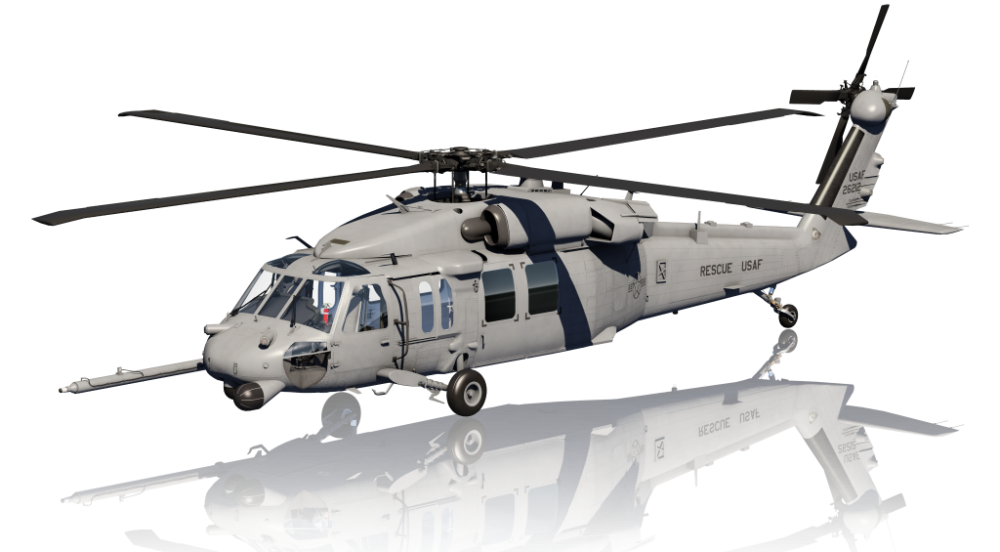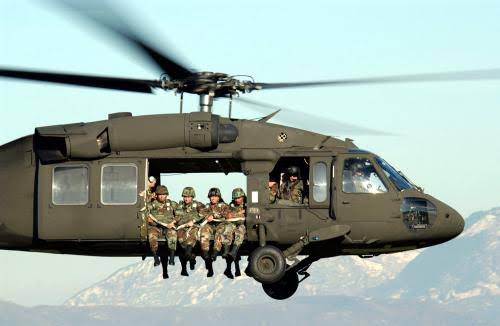UH 60 Helicopter: Advanced Avionics and Battle Solutions
UH 60 Helicopter: Advanced Avionics and Battle Solutions
Blog Article
Discovering the Cutting-edge Technology Behind Aircraft Style and Engineering
The area of airplane layout and engineering is witnessing a transformative change driven by ingenious innovations that enhance sustainability, effectiveness, and efficiency. As the industry grapples with the challenges of environmental duty, growths in sustainable aviation modern technologies guarantee to improve the future.
Advanced Products in Airplane Design
How can the assimilation of sophisticated materials change airplane design? The unification of advanced materials, such as carbon fiber compounds, titanium alloys, and advanced porcelains, plays a crucial function in enhancing aircraft performance and performance. These materials offer premium strength-to-weight ratios, enabling makers to minimize total aircraft weight without jeopardizing architectural honesty. This decrease in weight directly adds to improved gas performance and enhanced haul ability.
Furthermore, advanced materials show improved resistance to deterioration and tiredness, resulting in reduced maintenance prices and extended solution life. For example, making use of titanium in important components assists withstand extreme temperature levels and tensions, while carbon fiber compounds provide versatility in design and manufacturing procedures. This flexibility enables for even more aerodynamic forms, contributing to premium performance attributes.
In addition, the assimilation of clever products, which can transform buildings in action to external stimulations, opens new opportunities for adaptive systems in aircraft design. uh 60. These innovations assure not just to enhance safety and security and operational effectiveness but also to add to sustainability efforts by reducing environmental effect through minimized emissions. In recap, advanced products are redefining the landscape of aircraft design, leading the way for more reliable, resilient, and eco-friendly aeronautics remedies
Wind Resistant Advancements for Effectiveness
Aerodynamic developments play a critical role in boosting airplane efficiency, substantially influencing fuel intake and overall performance. Breakthroughs in airfoil design, such as the introduction of supercritical wings, enable enhanced lift-to-drag ratios, lowering drag at transonic rates. These developments enable airplane to maintain greater rates with reduced gas expenditure, directly affecting functional prices and environmental sustainability.
Additionally, the combination of winglets has actually proven efficient in reducing vortex-induced drag at the pointers of wings, even more boosting fuel effectiveness - uh 60. This layout adjustment results in a decrease in wake disturbance, adding to improved wind resistant performance throughout cruise problems

In addition, computational liquid dynamics (CFD) tools have revolutionized the screening and improvement of wind resistant forms, permitting for precise simulations of air movement around airplane (uh 60). This makes it possible for designers to introduce continually, making certain that contemporary airplane not just fulfill regulatory requirements but additionally push the limits of effectiveness in air travel

Function of Computer System Simulations
Computer simulations have actually ended up being an important device in the field of airplane design, making it possible for engineers to conduct thorough evaluations and optimizations of various style elements. These simulations permit the online screening of wind resistant homes, architectural stability, and performance metrics long prior to physical prototypes are constructed. By employing computational liquid dynamics (CFD) and limited element analysis (FEA), engineers can forecast just how air flows around the airplane and how various materials will certainly react to stress and stress.
Additionally, computer system simulations assist in the expedition of a wide variety of scenarios and variables, accelerating the design process and minimizing prices connected with physical testing. This ability not just improves the precision of forecasts relating to airplane actions yet also uses understandings right into possible style renovations that may not be promptly apparent via standard methods.

Furthermore, simulations assist guarantee compliance with rigid security guidelines by enabling engineers to determine and correct possible problems early in the style phase. The integration of simulation innovations into the airplane design process highlights the substantial innovations in design practices, ultimately contributing to the development of more secure, extra reliable, and eco-friendly airplane.
Artificial Intelligence in Engineering
Expert system (AI) is reinventing the design landscape, particularly in airplane design, by boosting decision-making processes and optimizing style workflows. With artificial intelligence formulas, AI can evaluate substantial datasets, revealing patterns and understandings that educate design options and boost overall effectiveness.
AI applications in airplane design consist of generative layout, where algorithms produce numerous design alternatives based on defined criteria, permitting designers to evaluate a wider array of opportunities. This not just speeds up the style phase but additionally guarantees that the final items meet strict efficiency and safety and security criteria.
Moreover, AI-driven anticipating analytics promote maintenance scheduling by examining historic information and anticipating prospective failures. This positive technique lowers downtime and enhances aircraft reliability.
Additionally, AI help in simulation and modeling, making it possible for designers to test designs under numerous problems without the requirement for physical prototypes. This capability shortens growth timelines and decreases prices connected with traditional testing methods.
Sustainable Aviation Technologies
Just how can the aeronautics market efficiently check my site balance development and ecological responsibility? The answer depends on the fostering of sustainable aeronautics modern technologies that focus on effectiveness and decrease carbon emissions. Innovations such as sustainable aeronautics gas (SAFs), which are stemmed from sustainable resources, have emerged as a critical part in achieving lower lifecycle exhausts. SAFs can substantially reduce the carbon footprint of trips, making them a practical choice to standard jet fuels.
Furthermore, developments in airplane design, such as the advancement of lighter products and more aerodynamically reliable shapes, add to wikipedia reference enhanced fuel performance. Electric and hybrid propulsion systems are additionally getting traction, offering a path to decrease dependence on fossil gas and reduce greenhouse gas exhausts.
The integration of these innovations is supported by governing frameworks and market collaborations targeted at establishing ambitious sustainability targets. In addition, digital tools like information analytics and man-made knowledge can optimize flight operations, better enhancing fuel performance. By welcoming sustainable practices and technologies, the aviation sector can not only satisfy the expanding need for flight however additionally play a pivotal role in attending to environment change, making sure a more lasting future for air transport.
Conclusion
The convergence of innovative materials, aerodynamic advancements, and advanced innovations marks a substantial development in aircraft layout and engineering. The assimilation of carbon fiber composites, titanium alloys, and AI-driven procedures not only boosts performance and performance yet likewise improves process and predictive upkeep.

Computer simulations have ended up being an indispensable tool in the field of aircraft style, making it possible for designers to conduct comprehensive analyses and optimizations of various design aspects.The merging of innovative products, wind resistant innovations, and advanced innovations notes a substantial advancement in airplane layout and design.
Report this page